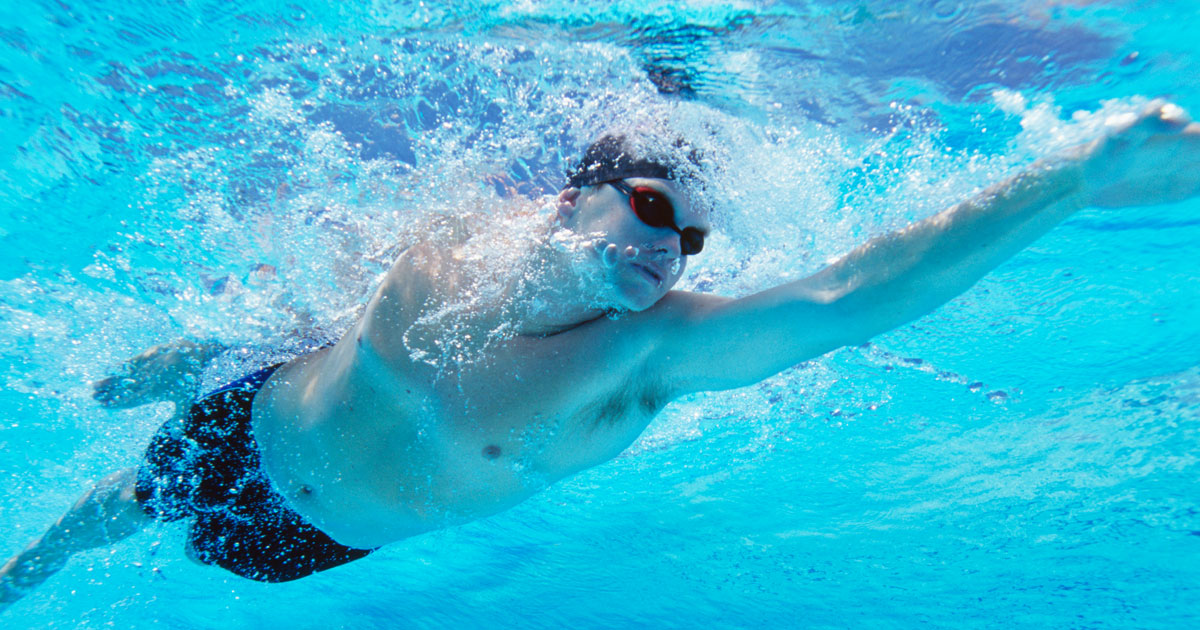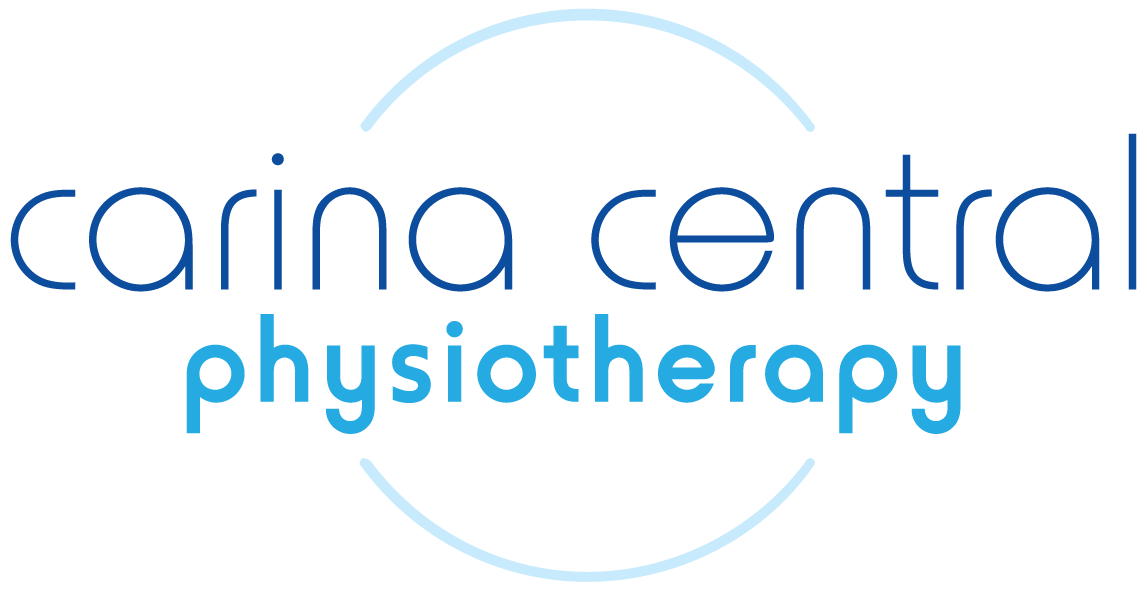
Swimmers Shoulder
At this time of the year we find ourselves making the most of the weather with ocean swimming events, triathlons and just cooling off with pool based exercise. Over summer, Physiotherapists and coaches see increasing numbers of those limited in their performance or in some cases completely unable to continue their swim training due to shoulder pain.
The shoulder is a complex joint, gaining its stability not only through the joint surfaces and corresponding ligaments but through the integrity and functioning of the rotator cuff musculature surrounding the joint which acts to maintain the stability of the joint. The other structures, commonly overlooked, is the scapula (shoulder blade) which forms the socket of the joint and is the attachment to various muscles that allow stability and power during swimming.
Even small amounts of swimming require a maximum range of movement from both the shoulder and shoulder blade and considerable strength and endurance from the muscles.
Common Symptoms of Swimmers Shoulder
- Pain located in the front or top of the shoulder, often extending into the front of the arm
- Pain may occur throughout different phases of the stroke – often at the top end of the reach, and also on the recovery phase when bringing the arm up and out of the water
- Weakness and fatigue in the shoulder increasing over the swim, often preceding the pain
- Tenderness in the front of the shoulder
- Pain and weakness lifting the arm overhead after swimming
Shoulder pain during swimming is most often a mechanical impingement of one or more structures including the rotator cuff tendons in the small space between the ball of the shoulder joint and the tip of the shoulder blade which forms the socket of the joint.
Maintaining the balance between the action of the small rotator cuff muscles and their ability to hold the joint stable and the large, strong chest and scapula muscles are crucial for swimming. Any imbalance including tightness or weakness of these muscles can lead to impingement.
Why do I have Swimmers Shoulder?
The reason for developing a painful shoulder during swimming may be multi-factorial
1. Poor technique
One major technique mistake is allowing the reaching arm to cross the midline of the body – putting the shoulder in an impinging position. Also, if the hand enters the water with the thumb pointing down and the palm facing outwards, this can also result in a mechanical impingement.
Unilateral breathing or rolling too far during the breath can be a problem as the shoulder on the opposite side to the breath is placed in a compromised position. A swimming coach is likely able to assist with technique adjustment.
2. Over training
Over training, like with any sport, can result in pain and injury. Because muscle balance around the shoulder between the smaller rotator cuff and large chest and scapula muscles are crucial for normal functioning, overtraining can lead to an overdevelopment of particular muscle groups causing impingement. Over-zealous use of paddles or holding a kick board in front can also lead to problems.
3. Muscle Imbalance
As mentioned earlier, a good swimmer requires a balance of strength between the stabilisers of the shoulder (rotator cuff) and scapula and large muscle groups that generate power in the stroke.
If the rotator cuff is weakened, it cannot function to hold the humeral head, leading to instability and impingement. Imbalances between shortened chest muscles from poor technique or sitting postures and weakened muscles supporting the shoulder blade can cause further impingement by pulling the shoulder forward.
4. Age and Occupation
Unfortunately those over the age of 30 are far more likely to encounter shoulder pain, as tissue extensibility and capacity to heal reduces with age.
Those in occupations of excessive over head activity may be more susceptible to rotator cuff injury and those of us in sedentary desk based work with prolonged sitting postures are likely to already have some degree of muscle imbalance in the scapula, back, neck and chest before even getting in the pool!
What can I do?
The first step is to reduce or stop the aggravating activity and employing the RICE protocol to allow any inflammation to settle. The cause or causes of the impingement can then be addressed.
A coach can assist with technique and training adjustments and a Physiotherapist is the best person to assist in assessing the shoulder and key muscles which may be weakened or over-active to prescribe an appropriate rehabilitation program. A Physiotherapist can also refer on for appropriate imaging or investigations to aid in diagnosis and management.
The most common areas of correction in swimmers is increasing the strength and endurance of the rotator cuff and muscles which create a stable shoulder blade (Serratus Anterior and Trapezius). This should occur concurrently with stretching of key muscles in the chest, neck and shoulder, in addition to the posterior aspect of the shoulder joint which can prevent the joint from moving correctly. Avoid stretching the front of the shoulder by reaching the arm behind the body, as this can stretch already weakened structures at the front of the shoulder.
Completing a good warm up and stretches are important before a training session, however do not complete strengthening exercises prior to swimming to avoid fatiguing the rotator cuff.
A few Key Exercises for Swimmers
1. Rotator Cuff Strengthening
These two exercises can be achieved through exercises using a theraband, or a small hand weight (same exercises as below but lying face up on floor). Keep the shoulder blades back, keep elbow at 90 degrees if possible, or lower closer to the side if painful. Keep the elbow in the same place during the exercise. Perform 3 sets of 10, going as far as possible without pain.
2. Strengthening Scapula Stabilisers – Push Up Plus
This exercise can be completed against a wall, Swiss ball, or for the more advanced; in a normal push up position.
Complete a normal push up, except at the end of the action, push the back of the rib cage out further, as though to push the sternum or breast bone away from the wall or floor and so that the shoulders come forward.
Complete 3 sets of 10.
3. Posterior Shoulder Joint Stretch
Lie directly on affected shoulder which is at 90 degrees. Bend the elbow to 90 degrees and using the other hand, gently push down to stretch the back of the shoulder underneath the body.
Hold for 1 minute, complete 3 sets
4. Chest/Shoulder/Posture stretch
With back flattened as much as possible against a wall, or lying flat on the back, complete the following 4 actions through one fluid motion.
Complete 20 repetitions.

If you are experiencing shoulder pain, request an appointment with Roma Forbes for an assessment.
